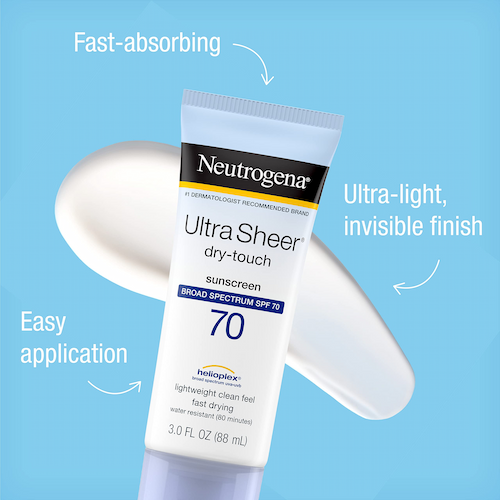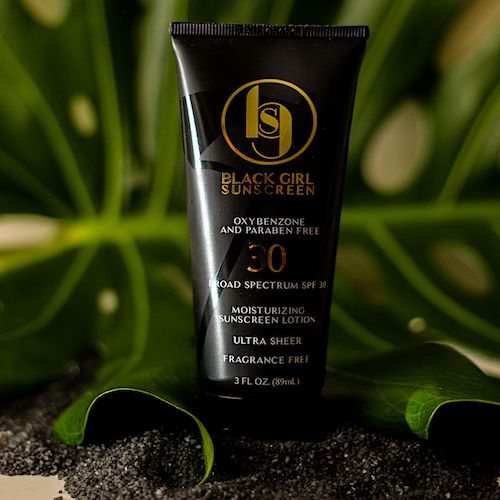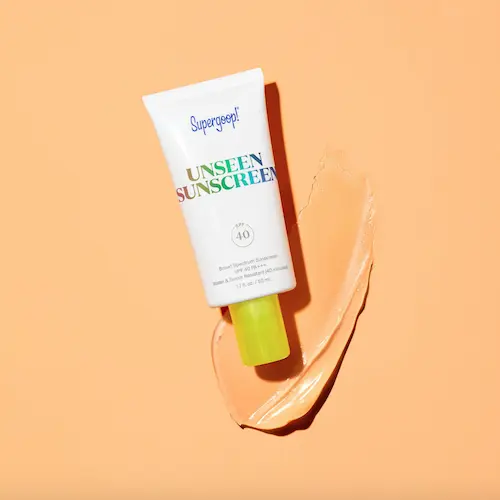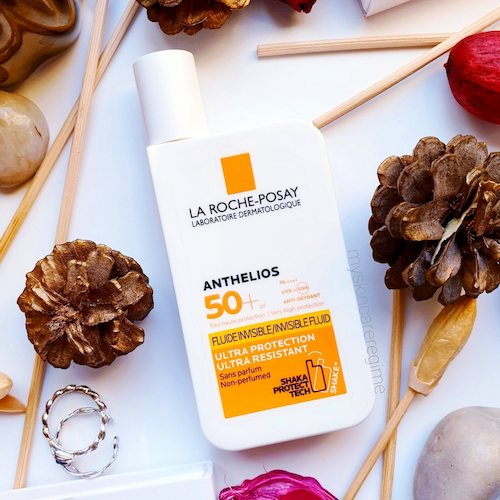While men with darker skin tones may feel that their melanin-rich complexion provides natural sun protection, they still need to apply sunscreen. While melanin provides some protection, it is insufficient to defend against UVA and UVB rays from the sun, which can cause premature ageing, sunburns, and skin cancer. As a result, gentlemen with darker skin must use sunscreen to protect their skin.
Why do men with dark skin need sunscreen?
When exposed to sunlight, the skin produces more melanin as a protective measure, resulting in hyperpigmentation (dark spots on the skin).
Sunscreen functions by producing a barrier on the skin that absorbs or reflects UV radiation, preventing it from reaching the skin. Sunscreen stops the skin from creating extra melanin, which can produce dark patches and hyperpigmentation, by preventing UV rays.
Furthermore, some sunscreens contain chemicals that might help lessen the visibility of existing dark spots and hyperpigmentation. Niacinamide, vitamin C, and alpha-hydroxy acids (AHAs) are among the components that can help brighten and level out the skin tone over time.
Certain sunscreens may leave a white residue on darker skin tones, making them unappealing to men. There are now sunscreens designed exclusively for darker skin tones that are transparent and do not leave a white cast.
Product Recommendations:
When it comes to choosing a sunscreen, there are a few things to keep in mind. Firstly, it is important to choose a sunscreen with a high SPF. The SPF, or sun protection factor, measures how well a sunscreen protects against UVB rays, which are the rays that cause sunburns. Secondly, it is important to choose a sunscreen that offers broad-spectrum protection. This means that it protects against both UVA and UVB rays.
Here are some product recommendations for men with dark skin:
Neutrogena Ultra Sheer Dry-Touch Sunscreen: This sunscreen has an SPF of 100+ and offers broad-spectrum protection. It is oil-free and non-comedogenic, meaning it won’t clog pores. It is also water-resistant, making it perfect for outdoor activities.

Black Girl Sunscreen: This sunscreen is specifically designed for people with darker skin tones. It has an SPF of 30 and offers broad-spectrum protection. It is also water-resistant and contains natural ingredients like jojoba oil and shea butter.

Supergoop! Unseen Sunscreen: This sunscreen is clear and lightweight, making it perfect for daily use. It has an SPF of 40 and offers broad-spectrum protection. It is also oil-free and non-comedogenic, making it suitable for all skin types.

La Roche-Posay Anthelios Ultra Light Sunscreen Fluid: This sunscreen has an SPF of 60 and offers broad-spectrum protection. It is oil-free and non-comedogenic, making it suitable for all skin types. It is also water-resistant and contains antioxidants to protect against free radicals.

How to Apply Sun Screen
- Apply sunscreen to clean, dry skin: Make sure your skin is clean and dry before applying sunscreen.
- Use enough sunscreen: Apply at least one ounce (about a shot glass) of sunscreen to cover your entire body. For the face, use about a quarter-sized amount of sunscreen.
- Apply sunscreen 15-30 minutes before sun exposure: It takes time for the sunscreen to be fully absorbed into the skin and provide maximum protection, so apply it at least 15-30 minutes before going outside.
- Reapply sunscreen every two hours or after swimming/sweating: Sunscreen can wear off over time or after water or sweat exposure, so reapply it every two hours or after swimming or sweating.
- Pay attention to areas that are easily missed: Areas such as the ears, back of the neck, and tops of the feet are often overlooked when applying sunscreen. Make sure to apply sunscreen to these areas as well.
- Use a sunscreen that blends well with your skin tone: Some sunscreens may leave a white cast on darker skin tones, which can be unappealing. Look for sunscreens that are formulated to blend well with your skin tone and do not leave a residue.
Other Ways to Protect Your Skin
- Wear protective clothing: Clothing that covers the skin can provide protection from the sun’s harmful rays. Choose lightweight, loose-fitting clothing in light colors that reflect the sun’s rays. Long-sleeved shirts, pants, and hats with brims can also provide additional protection.
- Seek shade: Seek shade during the sun’s peak hours, which are typically from 10 a.m. to 4 p.m. If you are going to be outdoors for an extended period, take breaks in shaded areas.
- Wear sunglasses: Sunglasses that block UVA and UVB rays can protect the eyes from the sun’s harmful rays. Look for sunglasses with wraparound frames that provide additional protection from the sun’s rays.
- Stay hydrated: Drinking plenty of water can help keep the skin hydrated and healthy. When the skin is dehydrated, it can be more susceptible to damage from the sun’s rays.
Regular use of sunscreen can help prevent the formation of new dark spots and hyperpigmentation, as well as lessen the visibility of existing ones. It is crucial to remember, however, that sunscreen alone may not be enough to entirely prevent dark spots and hyperpigmentation, and that additional precautions such as wearing protective clothes and seeking shade during peak sun hours may be required.






